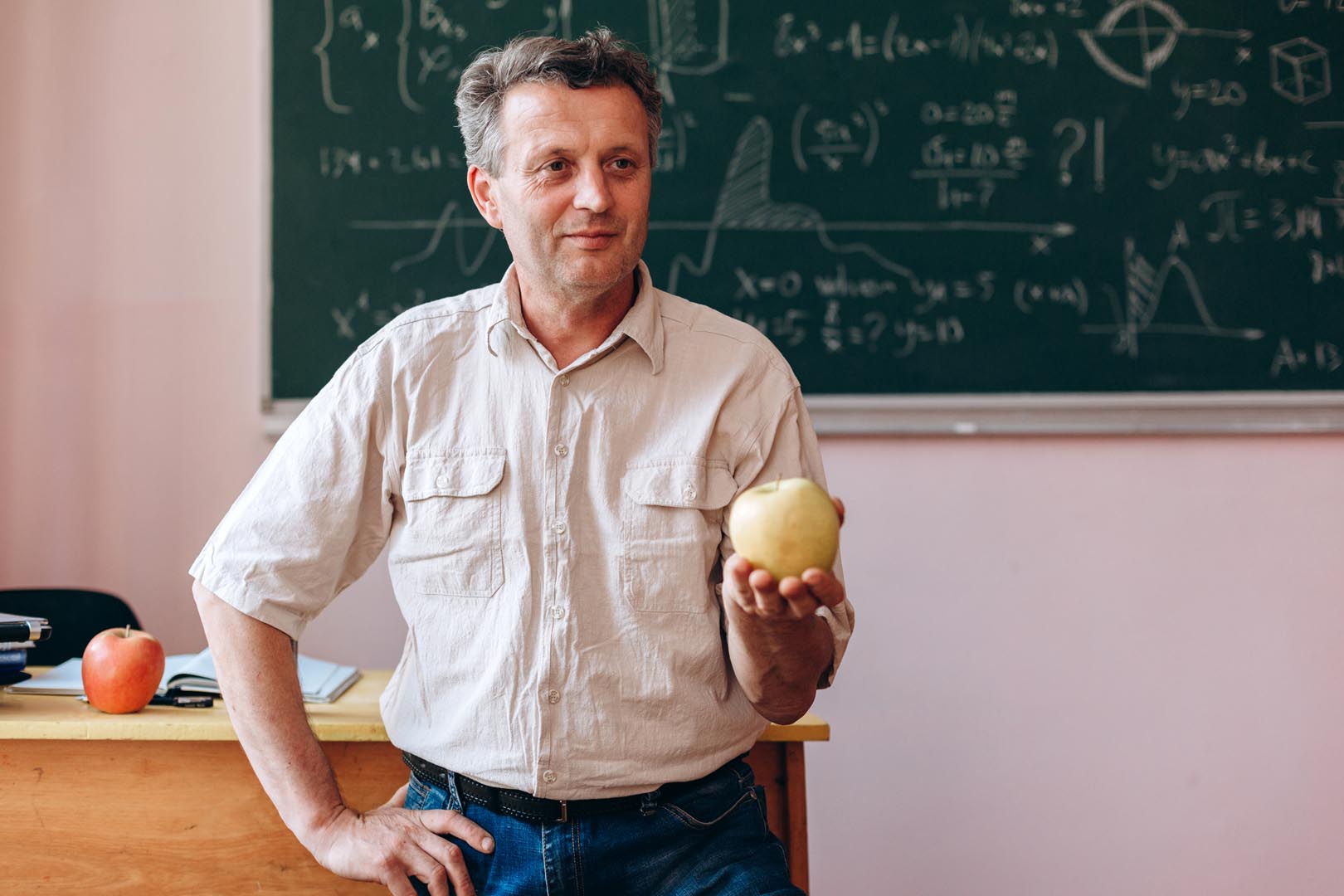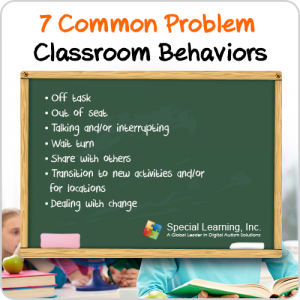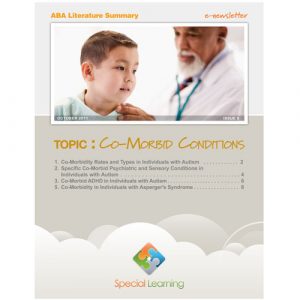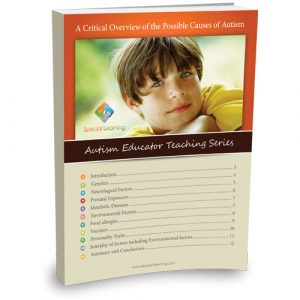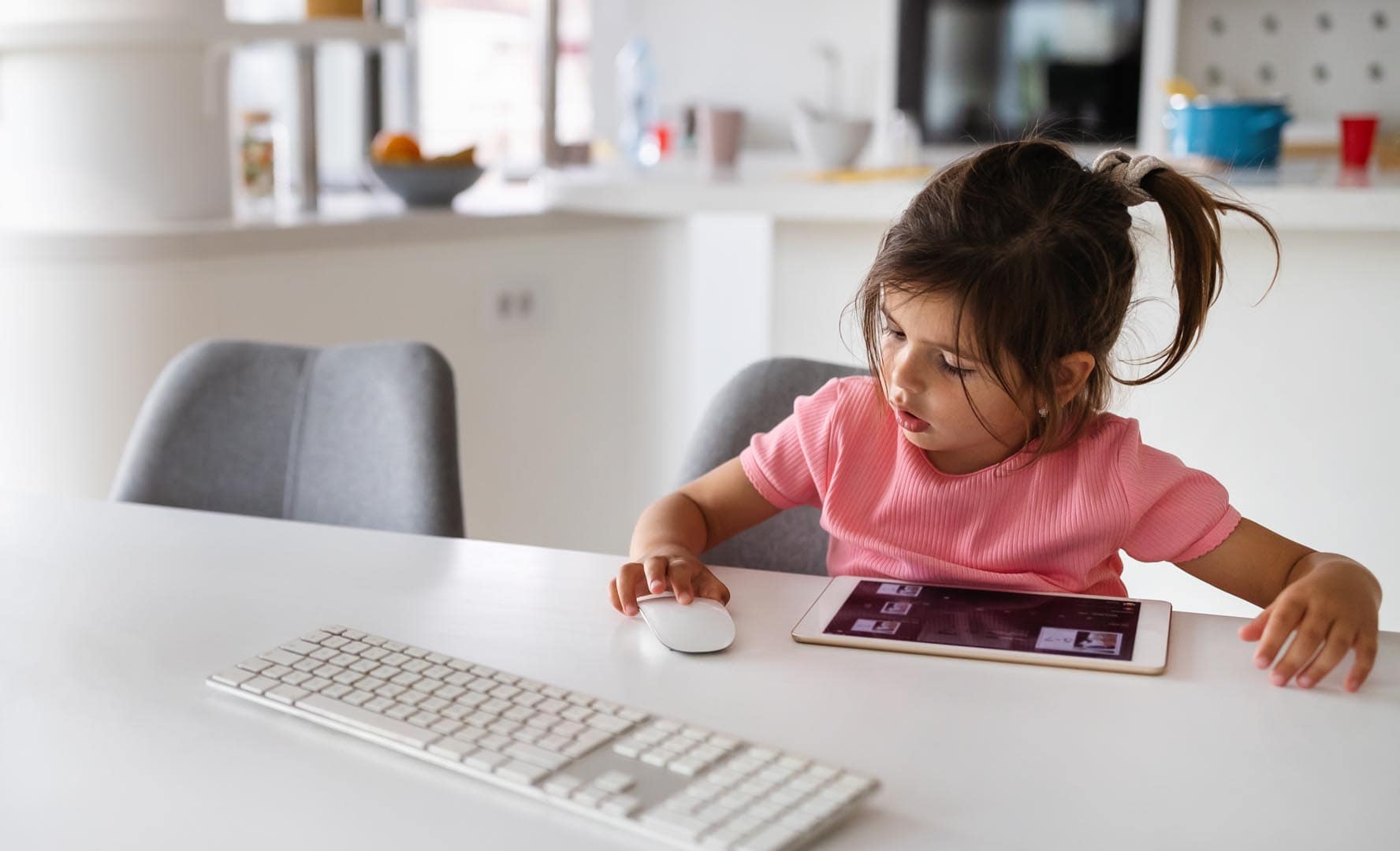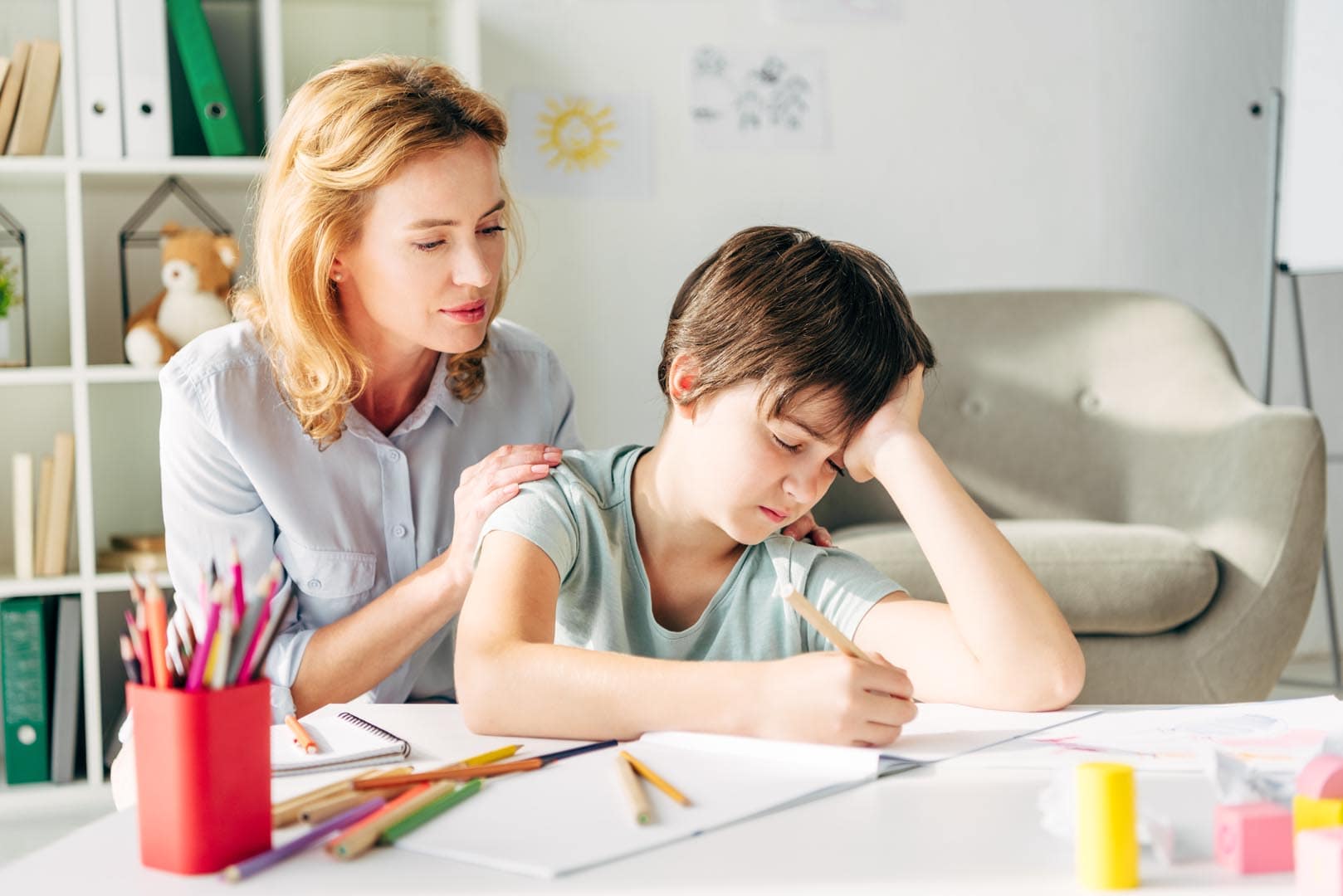Augmentative Communication
Augmentative communication, also known as alternative communication, employs a wide range of communication forms to assist those with impairments in producing and understanding speech or writing. Augmentative and alternative communication (AAC) may include body movements, such as facial or hand gestures, or various communications tools, such as picture aids. There is a great level of impairment in the communication of a child diagnosed with autism, ASD or Asperger syndrome. As a result, it is very difficult for a child to adopt the communication methods available to a normal child. He or she needs special communication support that involves investigating alternative methods and tailoring them to suit him or her.
Many types of communication are part of the augmentative communication method. It is imperative for the parent and therapist to study and identify the appropriate methods to implement to improve the communication of a child who needs augmentative communication support. There should be a properly trained therapist who is capable of understanding the needs of a child diagnosed with autism. The process of normal learning starts with listening and includes speaking, reading and writing. The autistic child has great visual ability as compared to other senses. Therefore, visual communication should be given priority while providing alternative communication support.
Following are augmentatitive communication tools that are very useful for learning new communication methods and, subsequently, normal methods of communication.
- The Picture Exchange Communication System (PECS) is a popular type of alternative communication for autistic children. The child is taught to signal through pictures when he is in need of something, such as food or a toy.
- The Interactive Language Board (ILB) allows for a higher level of communication. Through this type of interaction, words are selected instead of pictures. Here, food, hygiene, and other simple activity-related words and responses are communicated, such as eating, drinking, and saying yes or no.
- Communication through gestures can provide a comprehensive range of options. Gestures are taught so that the basic communication between an autistic child and therapist/parent may be established.
- Sign language is another results-oriented alternative communication method in which signs are formed through facial gestures and movements of the hands, arms, and body. This method is used for those children diagnosed with a severe level of ASD.
- The language representation method is a very important augmentative communication method that involves multiple methods of language learning skills. These may include single-meaning pictures, sign language, and other supplementary methods to improve communication.
There are other alternative methods that can be implemented according to the needs and level of the ASD or Asperger syndrome of the child diagnosed with autism.
Reference:
Autism-Help.org. (n.d.). Autism-help.org: Autistic Spectrum Disorders Fact Sheet – Augmentative and Alternative Communication. Retrieved May 9, 2011, from http://www.autism-help.org/communication-augmentative-alternative.htm
Copyright © by Special Learning Inc. All right reserved.
No part of this article may be reproduced in any manner whatsoever without written permission except in the case of brief quotations embodied in critical articles and reviews. For information, contact Special Learning Inc., at: contact@special-learning.com
